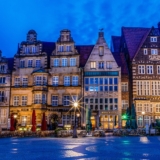In today’s article we will continue exploring the names that were inspired by other colors of the rainbow and, as in the previous article of this kind, I have chosen for you another pair of complementary colors: blue-yellow-purple/violet. It’s a beautiful mix of rainbow colors, from which many colorful combinations can occur, almost as many as the names that can originate from them.
Are you ready to enter the universe of yellow names? Because we are very excited to share with you what we have discovered.
YELLOW – inspired names:
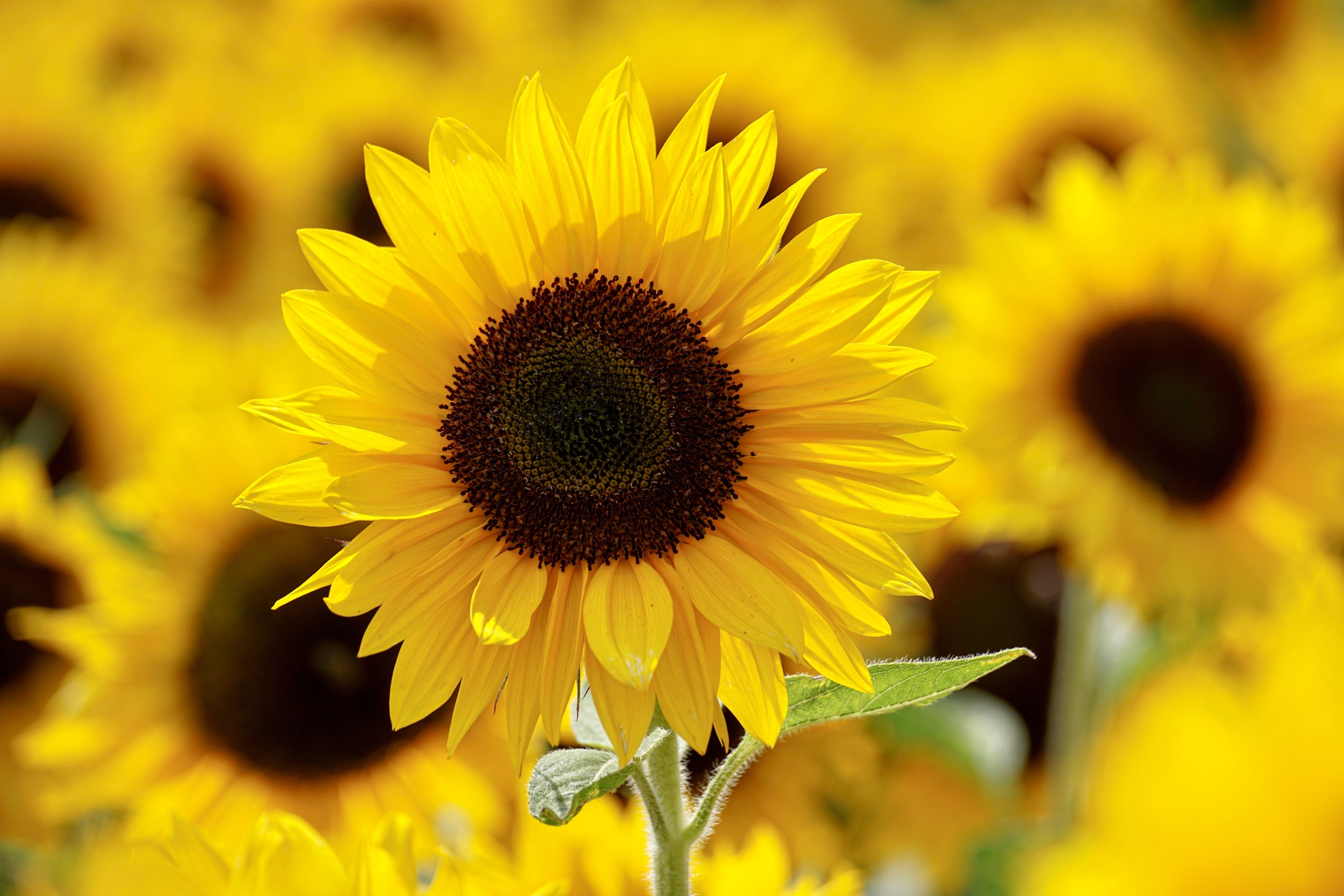
Amber – This female name has French and Latin origin, but it derived from the Arabic word anbar which can be translated into “jewel”, a fossilized tree raisin gemstone, that has a yellowish-orange color. It started to enter the popularity scene in the late 19th century in the most English-speaking countries and its popularity extended to the United States in the 90s, where it was classified as the 20th most popular name. Amber was first exploited in Kathleen Winsor’s novel from 1944, called “Forever Amber”, which brought this name to light and made it famous. Given the fact that this color looks mystical, Kurt Vonnegut has made a strong statement about it, saying: “Here we are, trapped in the amber of the moment. There is no why”. People who possess this name are seen as open-minded and fun to be around, with a lot of solar energy. Other variants of this name can be encountered in Spanish as Ámbar, popular in Argentina, in French as Ambre, very in fashion in recent years and in Italian as Ambra.
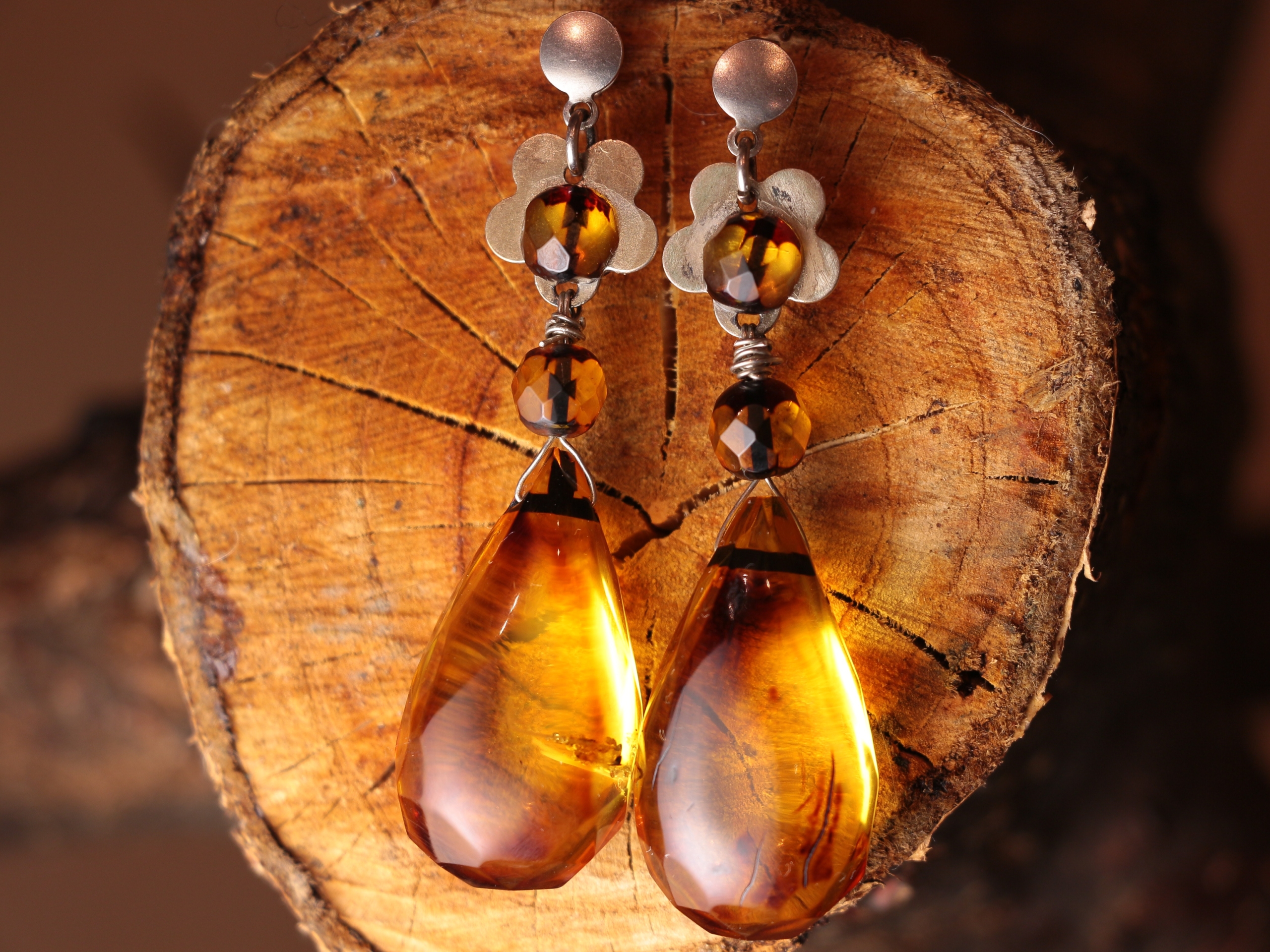
Marigold – Feminine name that comes from the flower marigold that has attractive colors, and among them is the yellow color, but the flower’s name has a story as well – it derived from Mary’s gold or Golden Mary which makes reference to the Virgin Mary, since her garden is often depicted with this type of flowers. The name has a very sunny feeling attached to it, due to the symbolism
it carries and it was mostly used among English-speaking countries in the 17th and 18th century and soon started to scale up as a consequence of its usage as a girl’s name in the well-known TV series Downton Abbey and also used by Sir Winston Churchill as the name for her third daughter.
Daffodil – This name is synonymous to spring, new beginning or rebirth and is perfect for a girl who has a striking personality and a bright face. The translation of daffodils would be that of a “yellow flower”, known as narcissus or jonquils and are a symbol of happiness and good fortune. What’s more, this flower is the national flower of Wales and is often associated with lily and because of that it is called “Lent Lily”. The origins of this rare name are coming from England and began to be used at the end of the 19th century.
Sunny – This should be the most iconic name to portray the color “yellow” and it sends only good vibes and energy and you can’t help but smile when hearing it. And what makes it a special name is the fact that is a gender-neutral and both girls and boys can enjoy the brightness and joy of this name. Since your name can indicate your personality and destiny, it is safe to say that the name chose you and not the other way around. It is an English name, but can also be a nickname for names like Sunil, Sundeep, Sunita and entered the popularity scale in the 30s in the United States, especially in the state of Illinois.
Blaine – The name Blaine can find its traces in the non-anglicized version of the personal name Bláan, which was originally a nickname, a diminutive form the Gaelic blá that means “yellow”, usually given to fairly-skin and blonde girls or boys. The name came to existence in the 6th century due to the Scottish saint, Saint Bláan who was famous in Ireland and Scotland and is believed he brought a dead boy back to life, from which we can extrapolate the symbolism of the color yellow – life and rebirth. It is considered to be a golden name, mostly a surname today, in honor of the illusionist artist David Blaine and it has come to public attention in the United States, but it was never a very popular name.
Names that scream the color BLUE:

When you think of the color blue, what is the first thing that comes to your mind? Is it the sky or the ocean? Names inspired by this color are surely making reference to the natural elements, so let’s discover some of them:

Ocean – This name is taking us back into the Titans era as this was the name of the oldest of Titans in the Greek mytology, Ὠκεανός (Okeanos). It means ocean, as you might have guessed already and it’s a gender-neutral name in England, very popular among the nature-loving people who want to bring honor to the nature elements. There is a female version of it that is really in fashion in France and the other French speaking countries, such as Belgium and the region of Quebec from Canada, Océane, which means “from the Ocean”. In 2006, it was ranked on the ninth position in France and Quebec. It has a really positive vibe to it and people who have this name are thought to be adventurous and have an exploring nature.
Sky(e) – Another name that glorifies the color blue in an infinite way, since the sky is infinite and eternal, which is where this names comes from, simply from the English word sky that derives from the Old Norse word ský (cloud). It is considered a name suitable for boys and girls and has another variant, that is being used in Scotland as a feminine name, and derives from the Scottish Island that has the same name and can be translated into the island of clouds. Just imagine being called after the sky and the island of clouds! You definitely have a safe place in Paradise.
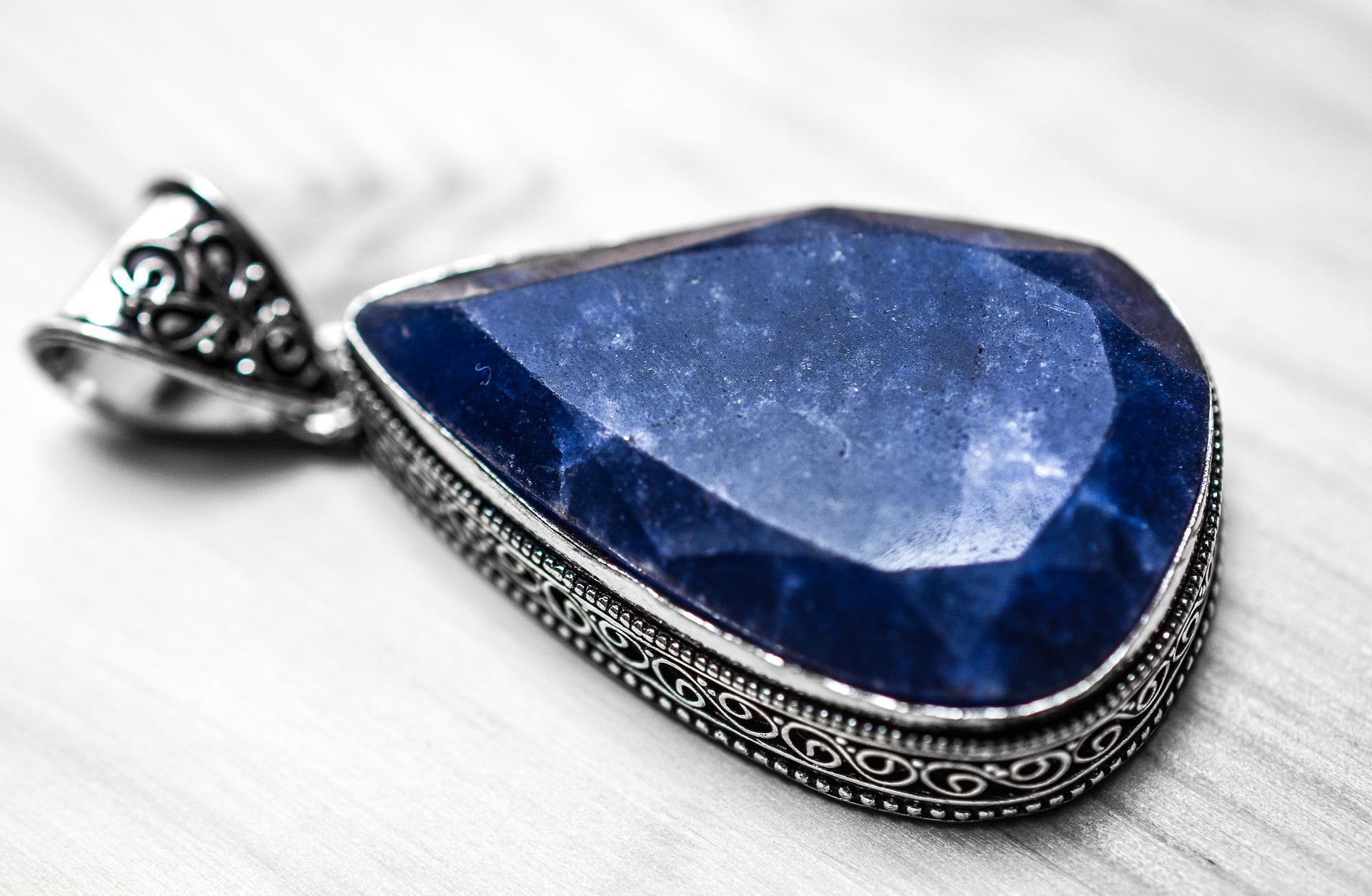
Sapphire – This feminine name has originated from the gemstone with the same name and basically the translation is blue in Hebrew and jewel in Greek. Having Latin origins (saphirus), it is used as a name for girls and it is believed that it represents the union between a seeker and God and it’s a symbol of prosperity and inner peace. It would be a great name for those who are born in September, as the sapphire is their birthstone. Other variants, such as Sapir or Saphira, which are Hebrew names also derived from this gemstone and are very rarely used, because of the biblical symbolism behind it; Sapphira was punished by God and executed for lying.
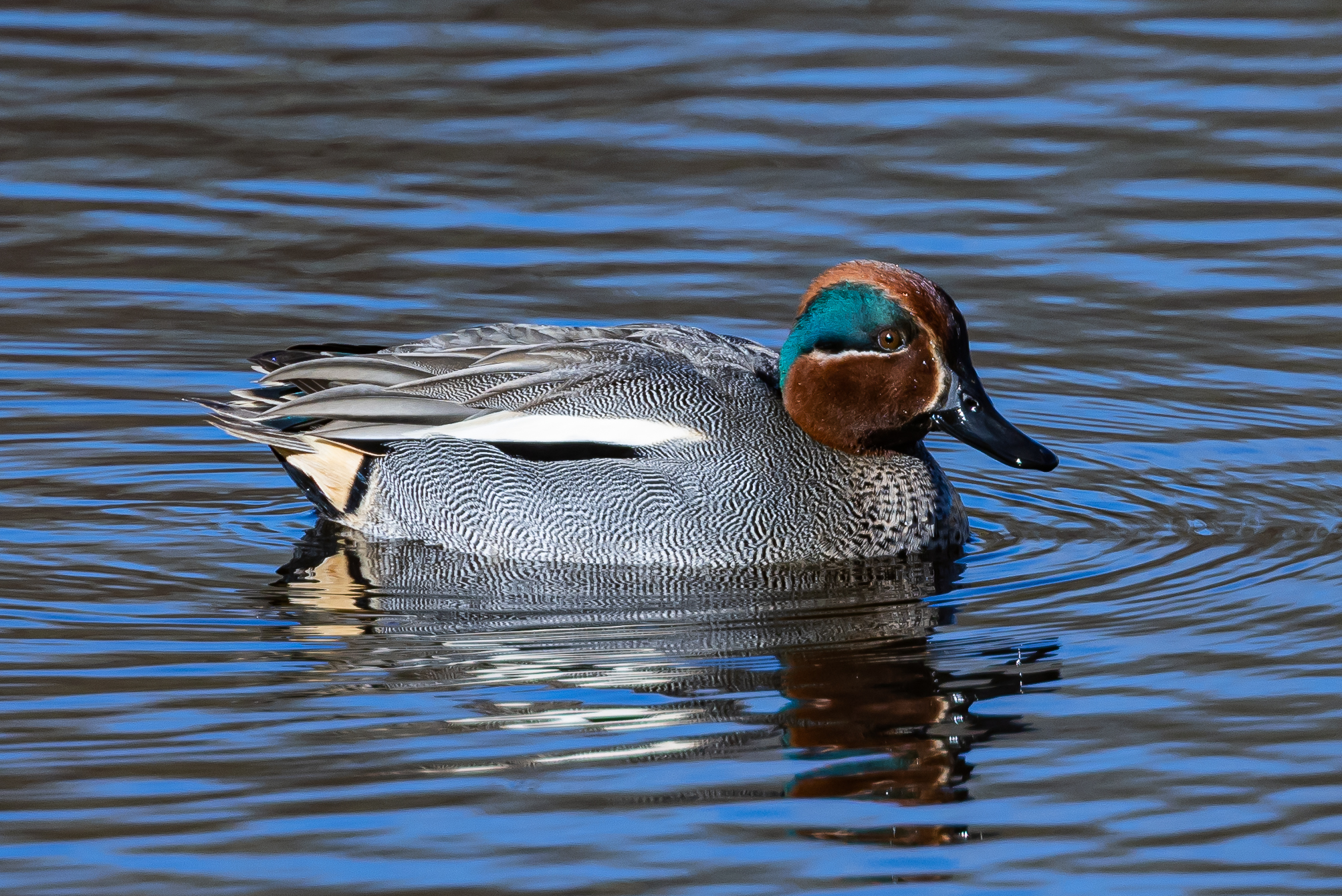
Teal – This name is as ancient as the Anglo-Saxon tribes of Britain and it was used for a person who resembled a water-bird or duck in some way, because of the color of the feathers which was blue-greenish. This idea came in handy during the Middle Ages, where human qualities were attributed to gods or animals and it spoke a lot about their character. It first started as a surname for the Teal family in the region of Somerset, England. As the English language evolved and was more influenced by the French, Latin and other European languages, other variants of this name have appeared , such as Teale, and the surname Teal has become a given name, as well.
Nila – Another feminine name that could be linked to the color blue, more precisely, the dark blue, as it is its meaning and comes from Sanskrit. The Hebrew meaning of it is „She who succeds and acquires”. The bearers of this name are seen as free souls and very creative and stand out due to their stability and serenity. There are many variants for this beautiful name, most of them in the Hindi language: Neela, Neelam, Neelima, Nilam, Nilima, some of them being used in Marathi, Tamil and Telugu lanuages and cultures, as well.
VIOLET/PURPLE – inspired names:
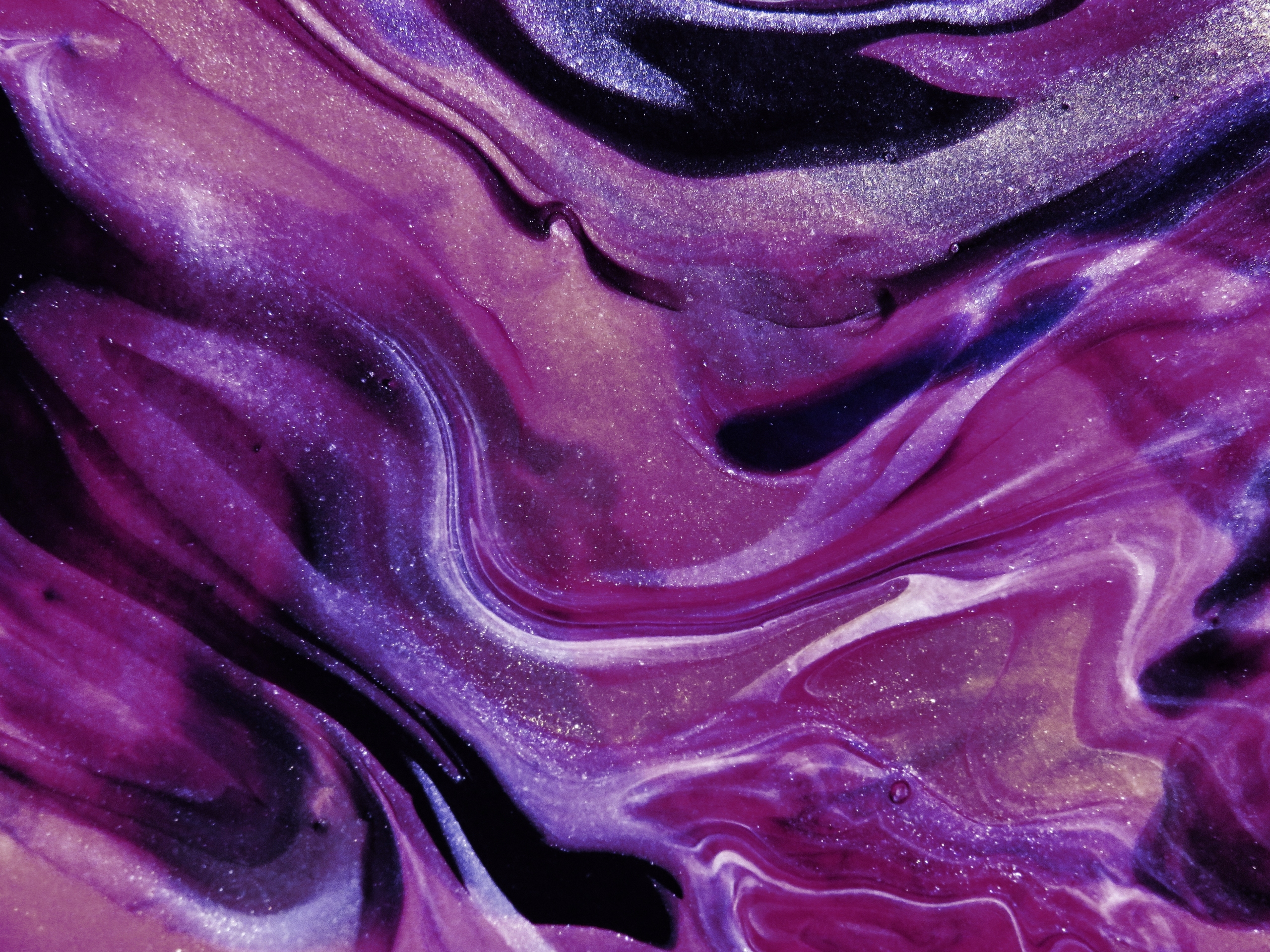
Amethyst – A rare feminine name that is associated to the name of a semi-precious purple stone that comes from the Greek prefix ἀ (a) and μέθυστος (methystos) meaning “intoxicated, drunk” and is thought to be a cure for drunkenness. The amethyst stone is the birthstone of those who are born in February. It is considered to be quite a precious name which can be a symbol of protection and positivity.
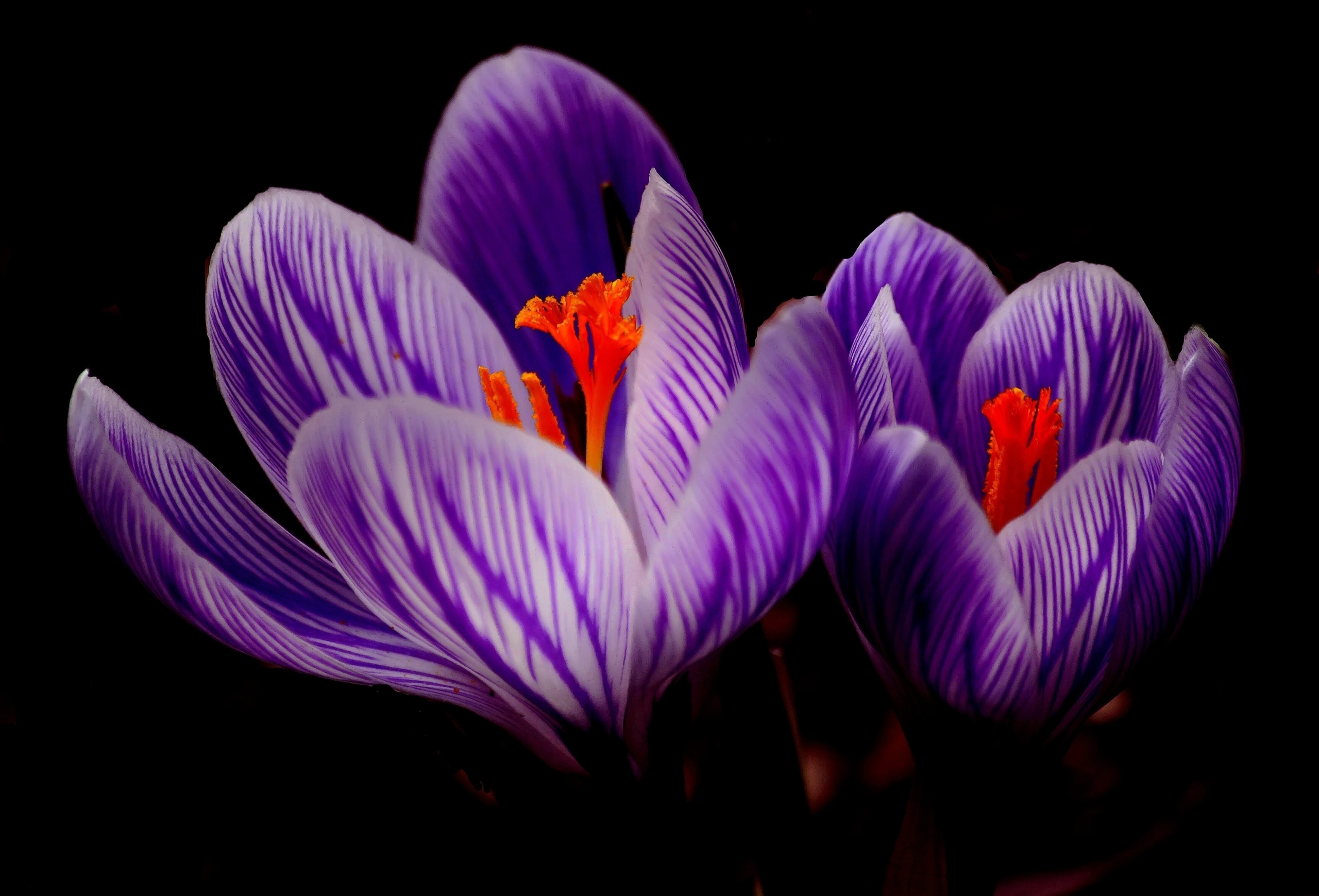
Violet/Violette/Violeta – This is a universal name that screams the color violet and it emerged from the purple flower with the same name and from the Latin word viola which means ”purple”. It is a popular feminine name starting from the 16th century in Scotland and entered the public attention in the 19th century in England as a given name. A unique and royal name, since the color purple is reported to be a color of royalty, it has a very fresh and soft nature and came into fashion nowadays, being preferred in England, Italy, France, Spain and many more. The variants from these culture are as followed: Violeta (Bulgarian, Lithuanian, Macedonian, Romanian, Serbian, Spanish), Viola (Czech, Danish, Finnish, German, Hungarian, Italian, Slovak and Swedish), Violette (French), Violetta (Hungarian, Italian, Russian) and in Polish – Wiola, Wiolet(t)a.
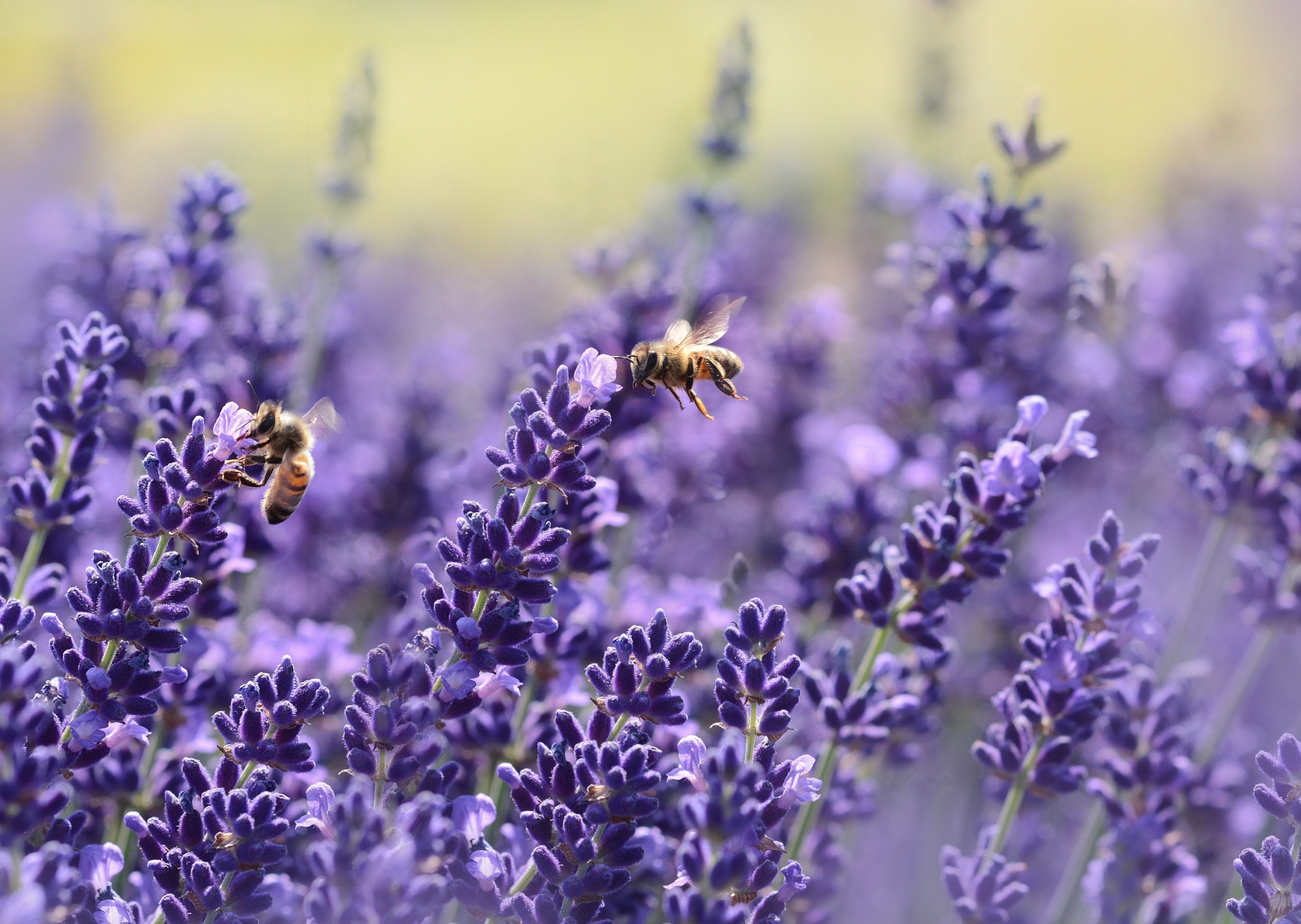
Lavender – An English name that is given to girls and is inspired by the aromatic flower which has a pale purple color, that used to be a masculine name also, in the 18th century. But nowadays, it is used specifically for girls, a soft and sweet name that reminds of the beautiful flower and its nice fragrance and its soothing properties, but also about the pale shade of purple, which has become a very trendy color along the years.
Yolanda – A female name with Greek origins that means violet, and comes from the French name Yolande and could alternatively be of Germanic origins. It seems to be a name worn by the empress Yolanda of Flanders of the 12th-century Latin Empire of Constantinopole and descendants of the royal families of Hungary and Spain. It was most used in Spain between the 1960 and 1980, when it became to run out of fashion. Due to its historic influence, it has developed other variants of the name, which include: Iolanthe (Greek), Jolanda (German, Dutch, Croatian, Slovene), Yolande (French), Jolanta (Latvian, Lithuanian, Polish), Jolana (Czech, Slovak), Iolanta (Russian, Ukrainian), Iolanda (Romanian, Italian, Catalan, Portuguese).
Hyacinth – This is a gender-neutral name that is original from the Greek culture and its meaning is related to mythology. It first started as a masculine name, Hyakinthos, who was a Spartan youth, accidentally killed by Apollo and from his blood occured a flower whose color vary from sapphire to violet. After that, we can encounter this name in the 17th century as an Italian female saint and two centuries later, it became a popular girls name, along with the other flower names. There are other variants from other cultures too, such as Hyacintha, Hyacinthia (English variants), Hyacinthe (French), Jácint (Hungarian), Giancito (Italian), Jacek, Jacenty (Polish), Jacinto (Portuguese, Spanish), Hyazinth (German) and Iakinf (Иакинф; Russian).
Hope you enjoyed discovering the secrets behind these meaningful names that derived from colors. We will continue in our next articles with even more colors and meanings that inspired the emergeance of names and their stories along decades.













